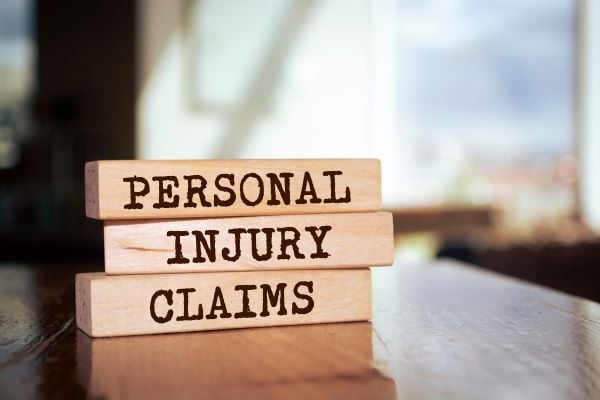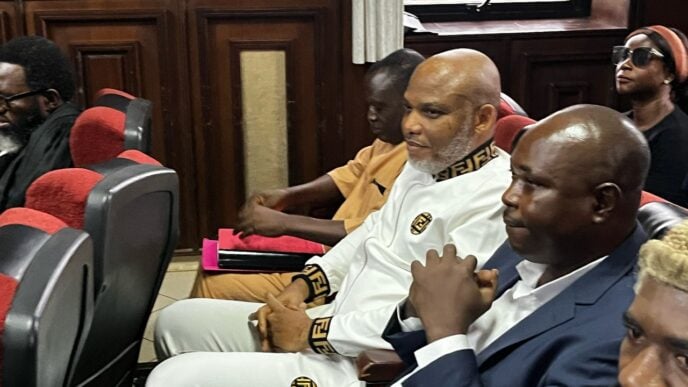BY MICHAEL ‘LEKAN ODUNLAMI
Anytime someone gets injured, the first question that comes to mind is “who is at fault” or who is to blame”? In personal injury cases, finding out who is at fault is one of the most important steps if a claim is to be successful. In this instance, fault means who should be blamed for causing the injury or harm. This helps the court to decide who will pay for the losses suffered by the victim, such as medical bills, lost income, or pain and suffering.
Most personal injury cases are based on the law of negligence. This simply means that someone was careless or reckless, and their carelessness caused harm or injury to another person. It is usually not that easy to prove negligence, as certain ingredients must be proven for a claim to succeed.
This literally means a person must first have a duty of care, meaning they are expected to act carefully and responsibly, like a driver complying with the Highway Code or a doctor treating patients properly. For whatever reason, if they fail to act carefully or responsibly, that is a breach of duty, such as when a shop owner leaves the shop floor wet and a customer trips and gets injured, or a driver runs someone over while overspeeding. This breach must have caused actual damage, meaning the victim suffered real harm, physical, emotional, or financial loss.
Advertisement
If any of these ingredients are missing, the personal injury case may not succeed. The court looks at what a “reasonable person” would have done in the same circumstances. If the person acted worse than what would be expected from a reasonable person, they are likely to be blamed and liable for compensation.
In personal injury claims, fault is proven by showing evidence to support the facts of the claim, as the court does not act on facts alone. The more solid the evidence, the easier it is to prove who is responsible for the harm or injury suffered. Common types of evidence include witness statements from people who were present at the scene of the incident, pictures or videos to show what the accident scene looked like or what caused the injury or harm suffered. Also, medical reports from the doctor linking the injury to the accident are essential as evidence. Another crucial evidence required is a police report, which is mostly required for road traffic accident matters.
Please note that in some personal injury cases, more than one person can be at fault on a particular claim. Sometimes, both parties share some level of blame. The law recognises this and has ways to handle such situations. If the injured person was also a bit careless or partly to blame for their injury, the compensation award they receive from the court may be reduced. For instance, if you fail to wear a seat belt while driving and another driver hits you from behind, the court may find that you contributed to your injury if wearing a seat belt could have reduced the harm. This is called contributory negligence or shared fault.
Advertisement
Further, if a pedestrian crosses the road while texting and gets hit by an overspeeding driver, the court may say both were partly at fault. The driver might pay most of the damages, but the pedestrian’s share would be reduced because they were distracted.
In some situations, someone can be held responsible even if they didn’t directly cause the harm or injury to a person. Under the doctrine of vicarious liability, employers can be held liable for their workers’ actions or inactions that cause injury to others. So, if a delivery driver causes an accident while working, the employer may also be held responsible.
There is also strict liability in personal injury claims, which applies when something dangerous in nature happens. For example, if a company dealing in chemicals mistakenly releases poisonous substances to the environment and someone or people get injured. In such a case, the injured person doesn’t need to prove the company’s carelessness or whatsoever, only that the activity or product caused harm is enough.
Many personal injury cases do not get to court but rather end up in a settlement. Insurance companies often investigate accidents in personal injury claims emanating from road traffic accidents and decide who is at fault. They look at all the evidence and make offers to the victim to settle the matter out of court. In a situation where both sides cannot agree on a settlement and the case goes to court. The judge listens to the witnesses, reviews the evidence tendered by the parties, and applies the law. The decision on fault will then determine how much money the injured person will receive as compensation for their injury.
Advertisement
It is important to understand why hiring a lawyer helps in personal injury cases, as it can be complicated at times. A lawyer understands how to collect and present the right evidence, question witnesses, and explain legal points clearly. They can also handle insurance companies, which often try to reduce how much they pay.
So, determining fault in personal injury cases is about fairness and justice for the injured. It means finding out who caused the harm and making sure the injured person gets what they deserve. Sometimes it is clear, and sometimes it is not as straightforward. The purpose of personal injury claims is to hold people accountable for their actions and to help victims recover from the losses they suffer.
This article is meant for general understanding only and is not legal advice. If you believe you’ve suffered any harm or injury due to another person’s fault, and you are concerned about the viability of your case or high cost of hiring a lawyer, you can reach out to an experienced personal injury lawyer who may be willing to offer a legal advice and handle your case on a “NO WIN, NO FEE” arrangement, which simply means you only pay if you win and get compensation.
Michael ‘Lekan Odunlami, Esq. is a Lagos-based personal injury lawyer at Claybrook Attorneys. He can be contacted via [email protected]
Advertisement
Views expressed by contributors are strictly personal and not of TheCable.











